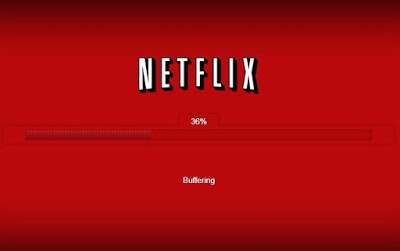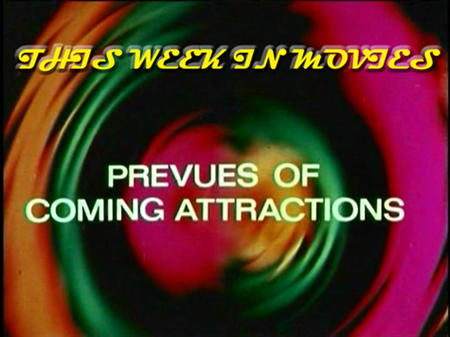Monday Editorial: Reflections on Streaming (From My Parent’s Basement)
Avid Media Composer - Right For You
Over the past number of years, streaming and video on demand services, such as Netflix, iTunes, and Google Play, have become the dominant way that people watch movies and TV shows in their homes. With the exception of collectors like myself, people in general have moved away from physical media and have started watching their content digitally.
While I am still a guy who regularly buys blu-rays, I understand the advantages to watching content digitally, especially when it comes to watching films and TV shows that you don’t exactly plan on rewatching. In fact, I personally have had a Netflix subscription since the service expanded into Canada a number of years ago and I also occasionally rent the odd film digitally.
However, there is a pet peeve about streaming films that I have, which is the topic of today’s editorial. First, I should provide some context. I currently live in an apartment in my parent’s basement (living the cliche) and I use my parent’s wifi connection to use the internet. For all intents and purposes, I am able to use the internet just fine. However, the area I tend to have issues with involves streaming video.
There is probably nothing more annoying than sitting down to watch something from a streaming service, only for the dreaded buffering icon to show up. I noticed the frequency of buffering actually differs between the different services I use, with some being quite short and others being painfully long.
I am happy to say that Netflix is probably the most stable of the streaming services I use. I am usually able to watch Netflix content on my TV, through my Chromecast, quite easily with very few buffering screens. On the polar opposite of the spectrum was last week when I decided to rent Ouija: Origin of Evil from the Cineplex Store, using a discount code I won during TimePlay.
Like many streaming services, the Cineplex Store has a Chromecast-compatible app that allows me to stream content to my TV. However, when I sat down to watch Ouija: Origin of Evil, at around 9:30pm, not only was I faced with major rebuffering, but the film would actually outright stop due to connection issues, which eventually resulted in me giving up watching the film. I successfully managed to finish the film the next afternoon, when the connection is typically more stable, which is good considering the fact that rentals expire 48 hours after you begin watching them.
The thing that kept popping into my mind with this whole buffering fiasco is “this wouldn’t be happening if I was watching a blu-ray.” Indeed, while blu-rays do have their own issues, such as skipping, they are much more rare than the issues that plague streaming. Granted, my issues with streaming are coming from the fact that I am using a wifi connection from a router that is two floors above me. However, it does demonstrate that there are major limitations to people streaming their content.
I haven’t even gotten into the fact that you have to make sure that you have a top notch high speed internet connection, with no data caps, to ensure that streaming goes smoothly (with no extra costs). Then there is the fact that you have to choose between multiple different services, all which have their own exclusive content. With the average cost of a streaming service being about $10 a month, those costs can easily add up if you are not careful.
While streaming continues to dominate the market, it’s limitations are something to think about.







